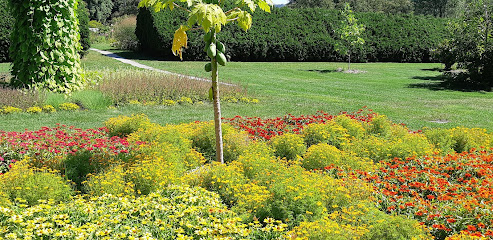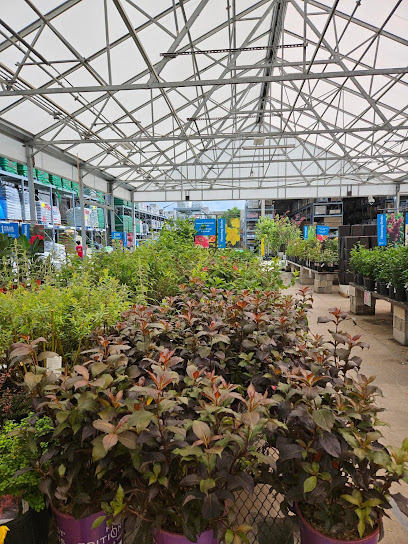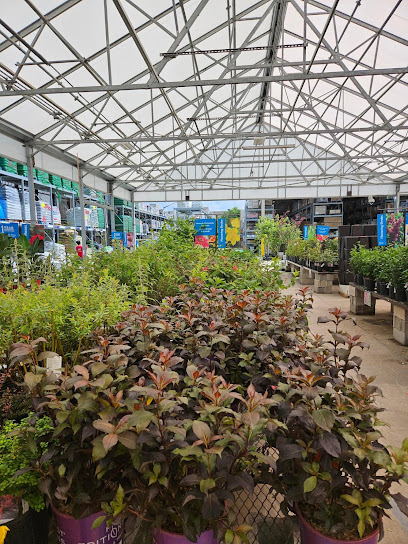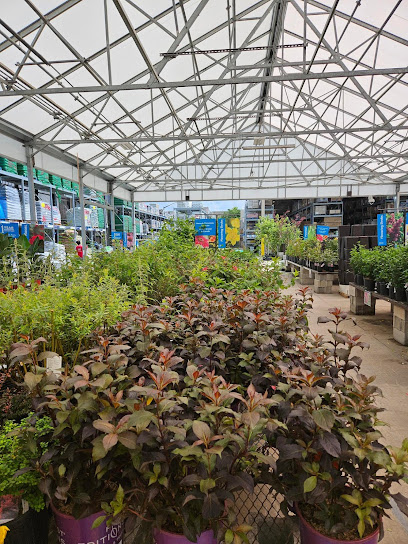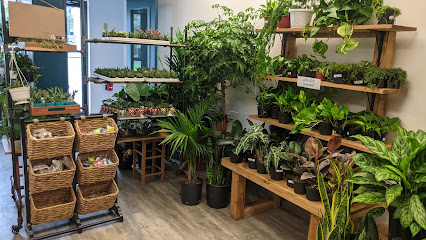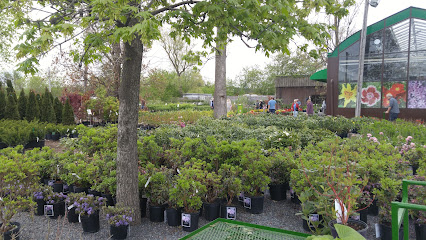Shopping Guide: Ornamental Gardens
Ornamental Gardens: Your Insider's Guide
Why You Should Visit
- A Feast for the Senses: You'll find a breathtaking display of color and tranquility. The meticulously arranged flower beds and lush landscapes are designed to captivate, offering a sensory experience that is hard to resist.
- Stunning Blooms: From May through September, the gardens showcase a vibrant array of flowers. The displays are constantly changing and maintained to a high standard.
- Photography Paradise: This is a prime location for photography enthusiasts. The gardens provide endless opportunities to capture beautiful floral arrangements and scenes.
- Free Admission: The experience is entirely free, making it an accessible destination for all.
- Family-Friendly Environment: The gardens are a great place to visit with family, offering space to stroll and enjoy the surroundings.
- Relaxing Atmosphere: You can walk or sit on a bench, enjoying the flowers, trees, and a well-maintained artificial pond. The environment is perfect for those looking to hear the birds and relax.
- Variety of Activities Nearby: The location is not only lovely in itself but also there are more things to do nearby as well.
- Well-Maintained: The gardens are kept up and clean, thanks to dedicated volunteers.
- Access to Restrooms: Public restrooms are conveniently located nearby.
- Historical Context: The gardens are part of the historic Experimental Farm.
Why You Might Consider Alternatives
- Seasonal Blooms are Limited: Be aware that the gardens are most vibrant during June and July. If visiting outside of this period, expect a less colorful experience.
- Parking Considerations: While there is plenty of parking, it can get extremely busy during peak bloom times (Tulip Festival, apple blossom season) and on weekends. Parking near the museum is paid, costing $3.75 per hour or $12 for the day.
- Potential for Crowds: The gardens are a popular spot, especially during the prime blooming season. Expect it to be busy.
- Pest Issues: You might notice some plants are being affected by Japanese beetles (observation from August 2024).
